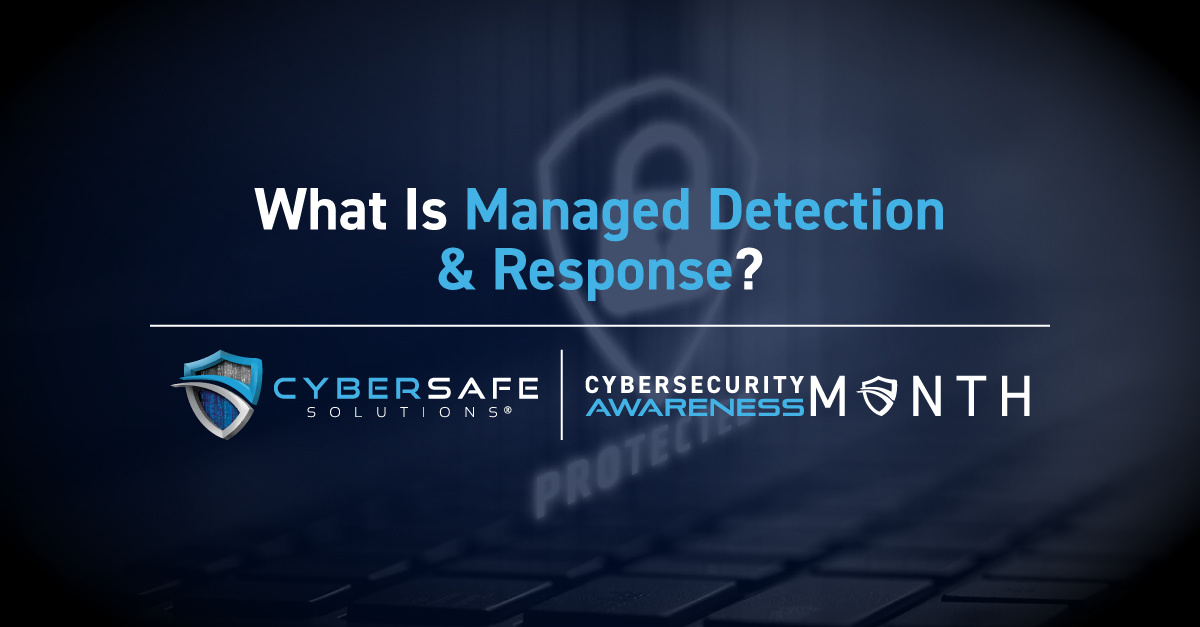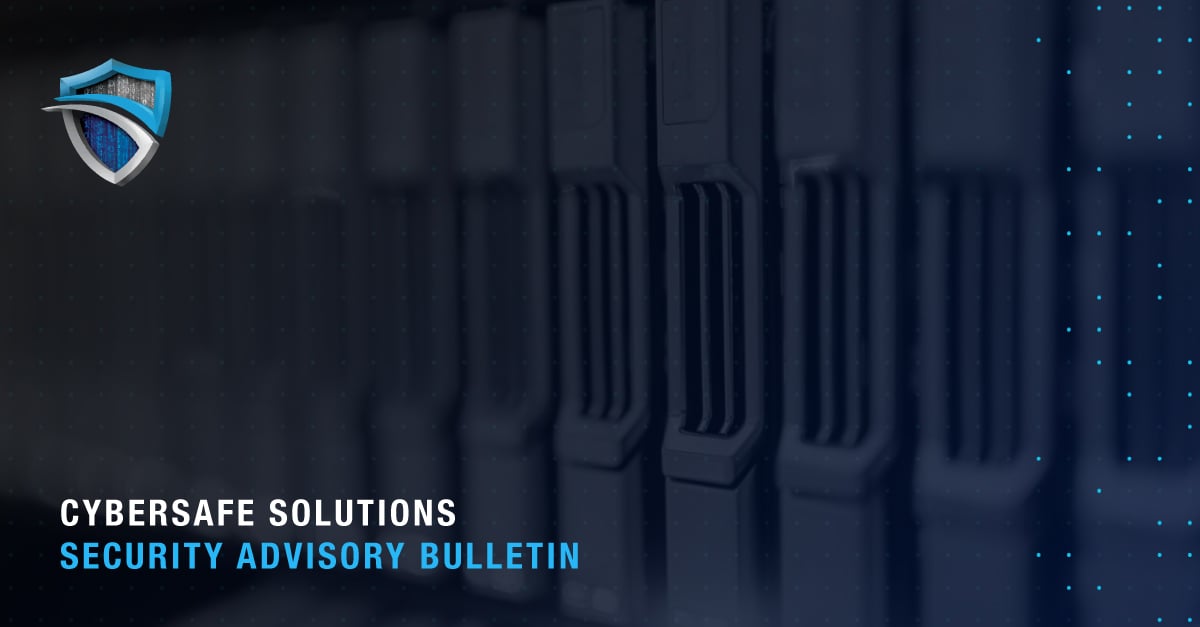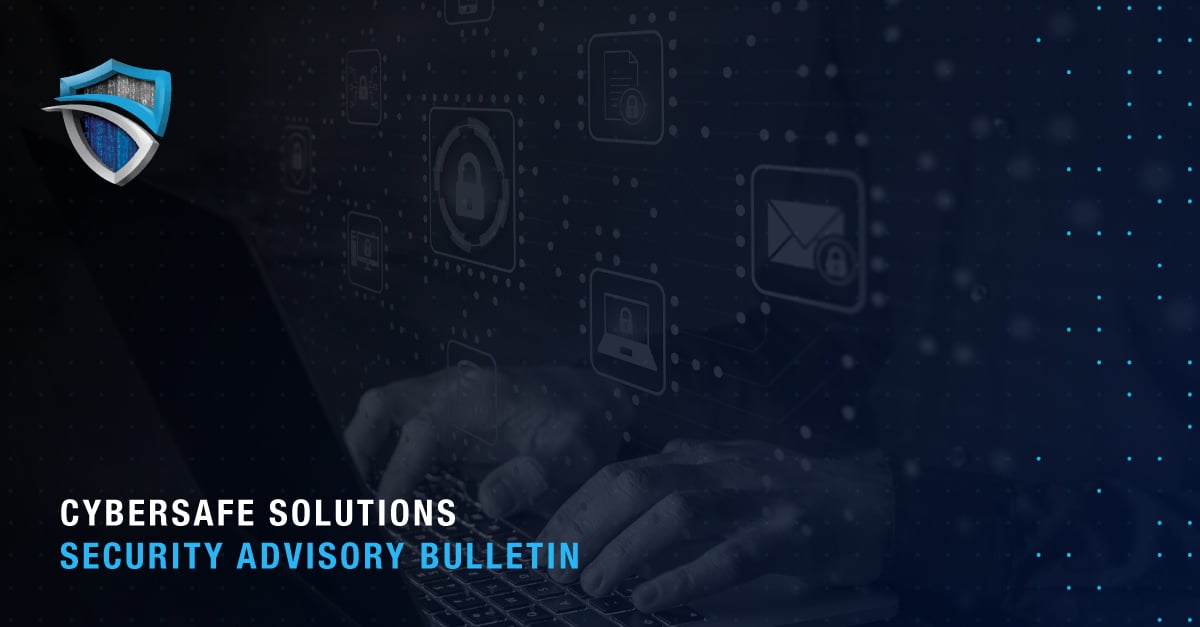In a cybersecurity breach, every second counts.
The speed of cybersecurity response can mean the difference between a minor incident and a catastrophic breach. According to IBM's Cost of a Data Breach 2024 Report, organizations take an average of 258 days to identify and contain breaches. Credential-based attacks, which hold a plurality of 16% of all breaches reported across various attack vectors, take even longer at 292 days.
To combat these extended vulnerability windows and strengthen security postures, organizations are increasingly turning to Managed Detection and Response (MDR) services.
Here's what you need to know about MDR and why it's becoming an essential component of modern cybersecurity strategy.
Understanding Managed Detection & Response
MDR services leverage top-tier threat intelligence and cutting-edge technology to provide a comprehensive cybersecurity solution that includes continuous monitoring, threat detection, and incident response.
What sets MDR apart is its focus on active threat detection, containment, and response during security incidents. And with the rising costs and frequency of incidents, it’s no surprise the demand for traditional security monitoring has evolved to include a more proactive approach. According to global market research firm MarketsandMarkets, the global MDR market is projected to reach $11.8 billion by 2029, up from $4.1 billion in 2024.
MDR providers often manage this and other services through a Security Operations Center (SOC) offering tailored solutions—or Security Operations Center-as-a-service (SOCaaS)—to meet an organization’s unique needs. With the SOCaaS model, organizations gain access to a comprehensive service offering that helps accelerate the identification and mitigation of threats, minimizing damage and reducing the time to recover from cyberattacks一all without building extensive in-house security teams.
Key Benefits of MDR
By partnering with an experienced provider, organizations outsourcing MDR leverage expert knowledge, enhanced visibility, and cost efficiency to protect their assets around the clock. Associated benefits include:
- Continuous Monitoring: Skilled specialists provide continuous monitoring of networks, cloud environments, and endpoints for known and emerging threats. Upon detection, threats are swiftly analyzed, validated, contained, and remediated to minimize potential fallout and disruption to business operations.
- Cutting-Edge Expertise: MDR providers are staffed with cybersecurity professionals who focus on staying current with the latest industry developments and threats, removing the burden for organizations to recruit, hire, and train staff.
- In-Depth Investigation: Anomalies may occur within your system for various reasons. MDRs investigate and triage these issues to assess their threat potential and take the necessary actions to resolve them.
- Proactive Threat Hunting: While some cybersecurity services merely respond to detected threats, MDR includes the capability to actively hunt for them. Advisors and analyst teams proactively search for vulnerabilities and devise ways to address potential risks before they become critical issues.
- Minimized Response Times: With extensive expertise and 24/7/365 visibility, MDR not only reduces downtime between detection and mitigation but also proactively works to identify threats earlier. By addressing risks sooner, MDR helps ensure faster, more effective protection.
- Cost Savings: Outsourcing to a dedicated MDR provider significantly reduces the time, money, and resources required compared to managing security in-house, offering a more cost-effective and efficient solution.
MDR vs. Traditional MSSP Services
While both Managed Security Service Providers (MSSPs)一another type of service provider in the cybersecurity space一and MDR services aim to enhance security, their approaches differ significantly.
MSSPs offer third-party security services to strengthen an organization's risk posture, but they often stop short of providing comprehensive incident response. This is a critical distinction, as incident response is essential for the timely detection, isolation, and elimination of threats during a breach.
MSSPs typically focus on monitoring and providing security assessments, but when an alert is triggered, it’s often passed to the company’s internal IT team for further investigation and action.
In contrast, MDR services not only detect threats but also take a hands-on approach to actively track, investigate, and respond to incidents, offering a more robust and proactive security solution.
The checklist below highlights the primary features of the two.
| Capability | MDR | Standard MSSP |
| 24/7 Monitoring & Response | X | Some may offer 24/7 monitoring |
| Managed Threat Hunting | X | |
| Intelligence-Based Detection | X | |
| Deception Technology | X | |
| Firewall Management | X | |
| Patch Management | X | |
| Expert Team Support | X | X |
| Access to Existing Threat Intelligence & Analysis | X | Some may offer |
Selecting an MDR Provider
To fully leverage the advantages of an MSSP and the advanced capabilities of MDR, partnering with an MSSP that offers MDR solutions is a best practice. When choosing the ideal provider to address your organization’s specific needs, keep the following key factors in mind:
- Technology: Top-tier MDR services leverage robust technology, utilizing advanced tools to effectively prevent, detect, and respond to threats.
- Visibility: If you can’t see it, you can’t defend against it. A quality MDR provides full visibility into your endpoints, networks, and cloud devices to swiftly detect, contain, and mitigate threats.
- Tailored Solutions: A one-size-fits-all solution isn’t right for every business. The best MDR providers offer services tailored to meet your specific needs and priorities.
- Containment Capabilities: MSSPs typically only detect risks, but most full-service MDR solutions offer containment capabilities to curb threat-actor access and minimize damage and response time.
- Compatibility: Changing your existing technology systems can be costly and time-consuming, so select a provider already capable of working with your infrastructure.
- Services: Consider an MSSP offering all the cybersecurity services your business needs, such as a U.S.-based SOC, incident detection and response, and continuous monitoring, among others. Weigh various solutions to understand what may be a good fit for your business.
- Budget & Risk Alignment: Just as businesses have varying degrees of resources and risk tolerance, MDRs offer different levels of protection. Consider whether their service tiers best accommodate your unique risk posture.
- Scalability: Understanding how an MDR’s operations scale, including its ability to stay vigilant across clients and shifts, organize data and activity, and swiftly respond to threats.
Cybersafe: Maximizing MDR Capabilities with a Top MSSP
Cybersafe Solutions is a leading Managed Security Services Provider (MSSP) specializing in Managed Detection and Response (MDR) alongside a comprehensive suite of services tailored to your organization's specific security needs.
Our MDR services reduce downtime between threat detection and response by leveraging advanced security expertise and providing complete visibility across your systems.
Our highly trained specialists continuously monitor your network environments 24/7/365, detecting and mitigating vulnerabilities to minimize attack surfaces and strengthen your security posture.
With over 20 years of experience in both public and private sector security, our advisors and analysts employ cutting-edge technology and continuously develop innovative methods to detect and counter evolving threat tactics in real time.
By providing full visibility into all your critical assets, Cybersafe Solutions becomes your trusted partner in continuously monitoring, mitigating risks, and proactively defending against threats around the clock.
Looking Ahead
As cyber threats grow in complexity and breach response times remain a pressing concern, the need for robust MDR services becomes paramount. Organizations must collaborate with providers capable of delivering comprehensive protection while maintaining the agility to respond to evolving threats.
Selecting the right MDR service enables organizations to substantially reduce their exposure to vulnerabilities, fortify their security posture, and ensure they are well-prepared to confront future cybersecurity challenges.
Cybersafe Solutions is an industry-leading MSSP offering MDR, delivering robust threat hunting, incident response, and SOCaaS monitoring across all your critical digital assets. To learn more about how partnering with Cybersafe can enhance your risk posture, contact our team today.




